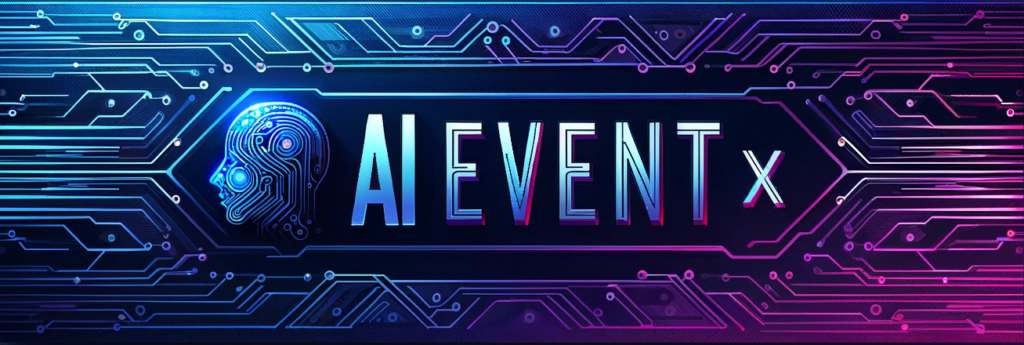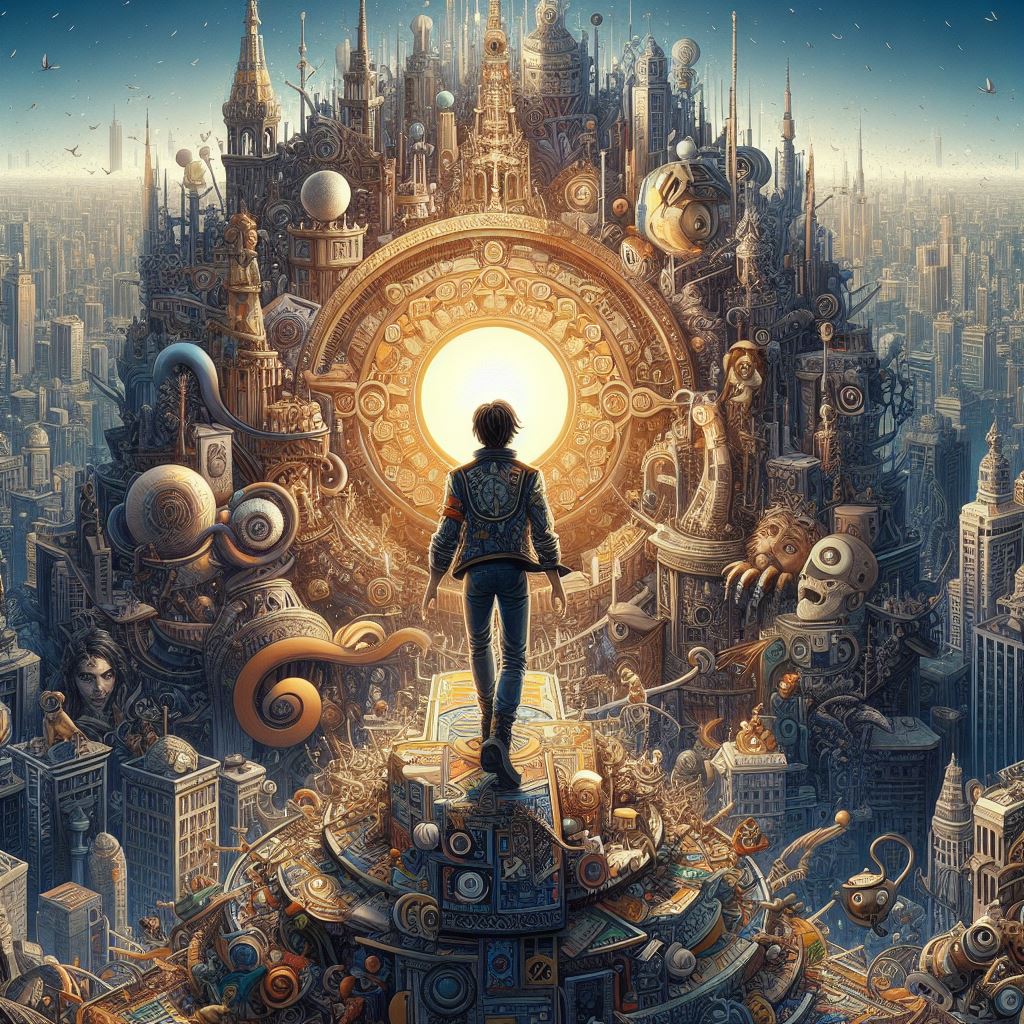Artificial intelligence (AI) has been making waves in the art world, creating stunning images from text prompts. But what if you could also chat with your AI artist, ask for revisions, and collaborate on your creative vision? That’s exactly what DALL·E 3 and ChatGPT, two of the most advanced AI models from OpenAI, can do.
What are DALL·E 3 and ChatGPT?
DALL·E 3 is the latest version of DALL·E, a neural network that can generate images from text descriptions. DALL·E 3 understands significantly more nuance and detail than its predecessors, allowing you to easily translate your ideas into exceptionally accurate images.
ChatGPT is a natural language processing (NLP) model that can generate coherent and engaging texts on various topics. ChatGPT can also interact in a conversational way, answer follow-up questions, admit its mistakes, challenge incorrect premises, and reject inappropriate requests.
How do they work together?
DALL·E 3 and ChatGPT are integrated in a seamless way, allowing you to use ChatGPT as a brainstorming partner and refiner of your prompts. You can simply type in anything from a simple sentence to a detailed paragraph, and ChatGPT will automatically generate tailored, detailed prompts for DALL·E 3 that bring your idea to life.
For example, if you type in “a cute cat wearing a hat”, ChatGPT will suggest some possible prompts for DALL·E 3, such as:
- A fluffy white cat wearing a red and white striped hat
- A black cat with green eyes wearing a purple witch hat
- A ginger cat with a bow tie wearing a blue top hat
You can then choose one of the prompts, or type in your own, and DALL·E 3 will generate a corresponding image for you. If you like a particular image, but it’s not quite right, you can ask ChatGPT to make tweaks with just a few words. For example, you can say “make the hat bigger” or “change the color of the hat to pink”, and DALL·E 3 will update the image accordingly.
Why is this a breakthrough?
DALL·E 3 and ChatGPT’s collaboration is a leap in AI art. It blurs the lines between art and technology, offering a simplified and intuitive creative process. You don’t need to struggle with complicated prompts or spend hours fine-tuning instructions. You can just chat with your AI artist, and watch your imagination come to life.
This also opens up new possibilities for artistic expression, exploration, and experimentation. You can create images that are realistic, surreal, abstract, or anything in between. You can also combine different elements, styles, and genres, and discover new combinations and perspectives. You can even use DALL·E 3 and ChatGPT to generate images for various purposes, such as education, entertainment, marketing, and more.
What are the challenges and opportunities?
While DALL·E 3 and ChatGPT offer immense potential in the art world, they also raise important ethical and authenticity questions that need to be addressed. For instance, how do we ensure that the generated images are not harmful, offensive, or misleading? How do we respect the rights and preferences of the original artists and sources? How do we distinguish between human-made and AI-made art? How do we foster a culture of responsible and ethical AI art integration?
OpenAI has taken some steps to limit DALL·E 3’s ability to generate violent, adult, or hateful content, as well as to decline requests that ask for a public figure by name or an image in the style of a living artist. They have also introduced a provenance classifier, a tool that can help identify whether or not an image was generated by DALL·E 3. Moreover, they have given the creators the option to opt their images out from the training of their future image generation models.
However, these are not enough to address the complex and evolving challenges of AI art. There is a need for more research, regulation, and education on the ethical and social implications of AI art. There is also a need for more collaboration and dialogue among the stakeholders, such as artists, researchers, policymakers, and consumers, to ensure that AI art is used in a beneficial and respectful way.
Conclusion
DALL·E 3 and ChatGPT are a breakthrough for generative AI, offering a new way of creating and collaborating on AI art. They have the potential to enrich the art world with new forms, styles, and expressions, as well as to empower the creators with new tools and opportunities. However, they also pose significant challenges and risks that need to be addressed and mitigated. As AI art becomes more accessible and prevalent, we need to be mindful of its impact and implications and strive to use it in a responsible and ethical way.
Also Read: How Dall-E 3 Can Help You Unleash Your Creativity and Imagination

